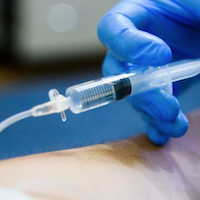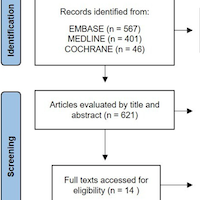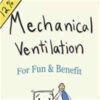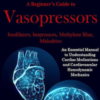Timing, Outcome, and Risk Factors of Intracranial Hemorrhage in ARDS Patients During VV-ECMO
journals.lww.com
Intracranial hemorrhage occurs early during venovenous extracorporeal membrane oxygenation (VV-ECMO) and is a determinant for 60-day mortality.
Appropriate adjustment of identified modifiable risk factors might lower the prevalence of intracranial hemorrhage during venovenous extracorporeal membrane oxygenation therapy.
Among 444 patients treated with venovenous extracorporeal membrane oxygenation, 49 patients (11.0% [95% CI, 8.3–14.4%]) developed an intracranial hemorrhage.
The median time to intracranial hemorrhage occurrence was 4 days (95% CI, 2–7 d).
Patients who developed an intracranial hemorrhage had a higher 60-day mortality compared with patients without intracranial hemorrhage (69.4% [54.4–81.3%] vs 44.6% [39.6–49.6%]; odds ratio 3.05 [95% CI, 1.54–6.32%]; p = 0.001).
A low platelet count, a high positive end expiratory pressure, and a major initial decrease of Paco2 were identified as independent risk factors for the occurrence of intracranial hemorrhage.
A platelet count greater than 100/nL and a positive end expiratory pressure less than or equal to 14 cm H2O during the first 7 days of venovenous extracorporeal membrane oxygenation therapy as well as a decrease of Paco2 less than 24 mm Hg during venovenous extracorporeal membrane oxygenation initiation were identified as clinical cutoff values to prevent intracranial hemorrhage.



















